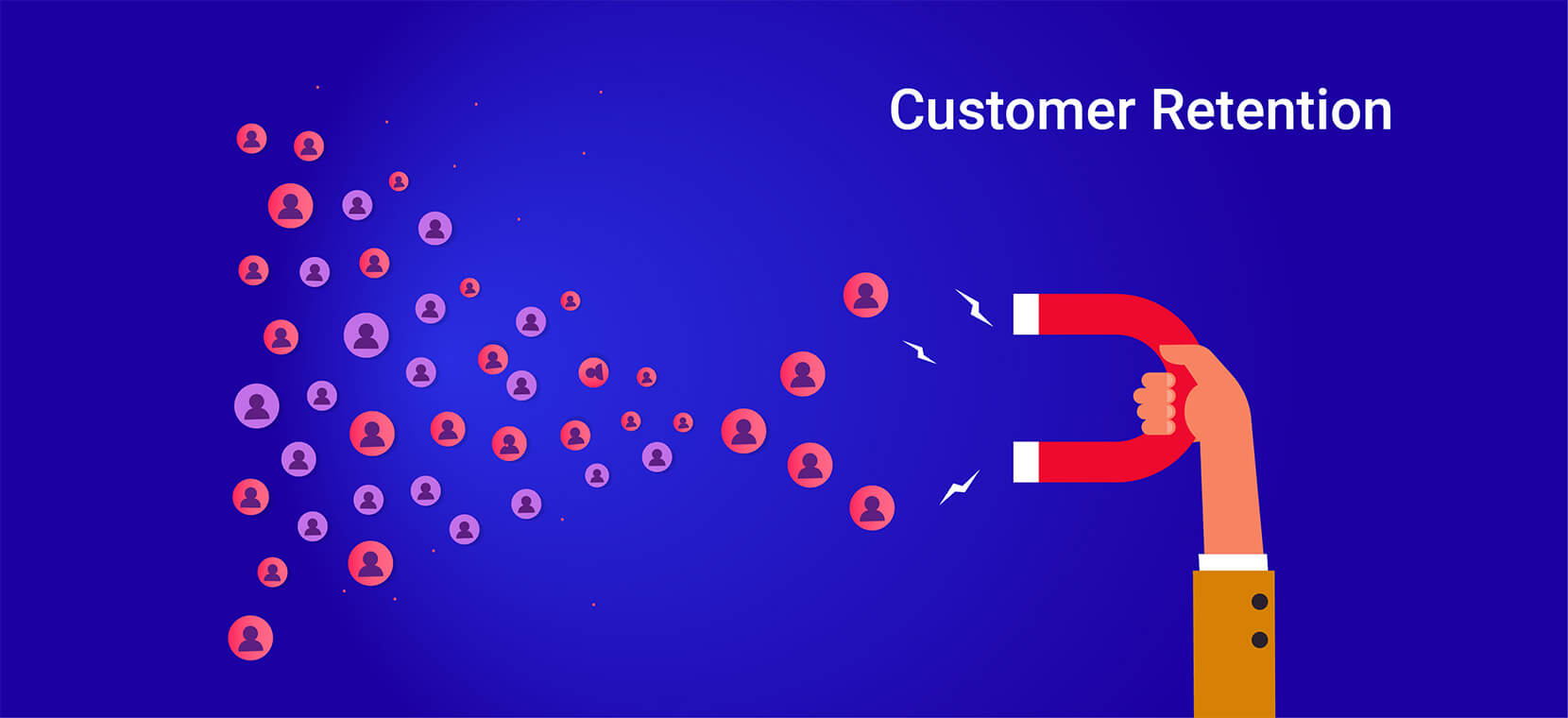In today’s competitive business landscape, acquiring new customers is essential, but retaining existing ones is even more crucial. Customer retention refers to the strategies and tactics a business uses to keep its customers coming back. While it’s often more cost-effective to retain existing customers than to attract new ones, many businesses overlook the importance of customer retention. In this blog post, we’ll explore why customer retention is key to business success and how it can significantly impact your bottom line.

1. Cost-Effectiveness of Retention
Acquiring new customers can be significantly more expensive than retaining existing ones. According to various studies, it can cost five to twenty-five times more to attract a new customer than to retain an existing one. This is largely due to marketing expenses, promotions, and the time required to convert leads into paying customers. By focusing on customer retention, businesses can reduce these costs and allocate resources more effectively.
2. Increased Customer Lifetime Value (CLV)
Customer Lifetime Value (CLV) is a critical metric that estimates the total revenue a business can expect from a single customer over the duration of their relationship. Higher retention rates directly contribute to increased CLV, as returning customers are likely to make more purchases over time. Loyal customers often spend more per transaction, seek out additional products or services, and provide steady revenue, making them invaluable to a business’s long-term success.
3. Enhanced Brand Loyalty
Customer retention fosters brand loyalty. When customers consistently choose your brand over competitors, it signals a strong relationship built on trust and satisfaction. Loyal customers are not only more likely to make repeat purchases but are also more willing to recommend your brand to others. Word-of-mouth referrals from loyal customers can significantly reduce acquisition costs and attract new customers organically.
4. Valuable Customer Feedback
Retained customers are an invaluable source of feedback. They have experience with your products or services, allowing them to provide insights into what works and what doesn’t. By engaging with your loyal customers and encouraging feedback, you can identify areas for improvement and make informed decisions about product development, customer service enhancements, and overall business strategies. This continuous loop of feedback can lead to better products and services that align with customer needs.
5. Competitive Advantage
In a crowded marketplace, retaining customers can give your business a competitive edge. When customers feel valued and have positive experiences with your brand, they are less likely to switch to competitors. A strong focus on customer retention helps create a unique selling proposition (USP) that differentiates your business from others in your industry. This advantage can be particularly powerful in sectors where competition is fierce.
6. Improved Customer Engagement
Retaining customers often leads to increased engagement. Engaged customers are more likely to interact with your brand through social media, newsletters, and other channels. This ongoing communication can deepen the customer relationship and enhance brand loyalty. Businesses can leverage this engagement to promote new products, offer personalized recommendations, and create targeted marketing campaigns that resonate with loyal customers.
7. Predictable Revenue Streams
Businesses that prioritize customer retention often experience more predictable revenue streams. With a loyal customer base making repeat purchases, revenue becomes more stable and easier to forecast. This predictability allows businesses to plan for future growth, allocate resources effectively, and invest in areas that will further enhance customer experience and satisfaction.
8. Opportunities for Upselling and Cross-Selling
Retained customers are more receptive to upselling and cross-selling opportunities. When customers trust your brand, they are more likely to consider additional products or services that you offer. By analyzing purchasing behavior and preferences, businesses can identify opportunities to introduce customers to new offerings that complement their previous purchases, thereby increasing overall sales.
9. Reduced Churn Rate
Churn rate, or the percentage of customers who stop doing business with a company, is a critical metric for any business. High churn rates can indicate dissatisfaction and may signal underlying issues that need addressing. By prioritizing customer retention strategies, businesses can reduce churn rates and maintain a stable customer base. This proactive approach not only preserves revenue but also enhances the overall health of the business.
Conclusion
In conclusion, customer retention is not just a nice-to-have; it’s a necessity for long-term business success. By focusing on retaining existing customers, businesses can reduce costs, increase customer lifetime value, foster brand loyalty, and gain valuable insights. Additionally, strong customer retention strategies can lead to predictable revenue, opportunities for upselling, and a competitive advantage in the market.


No responses yet